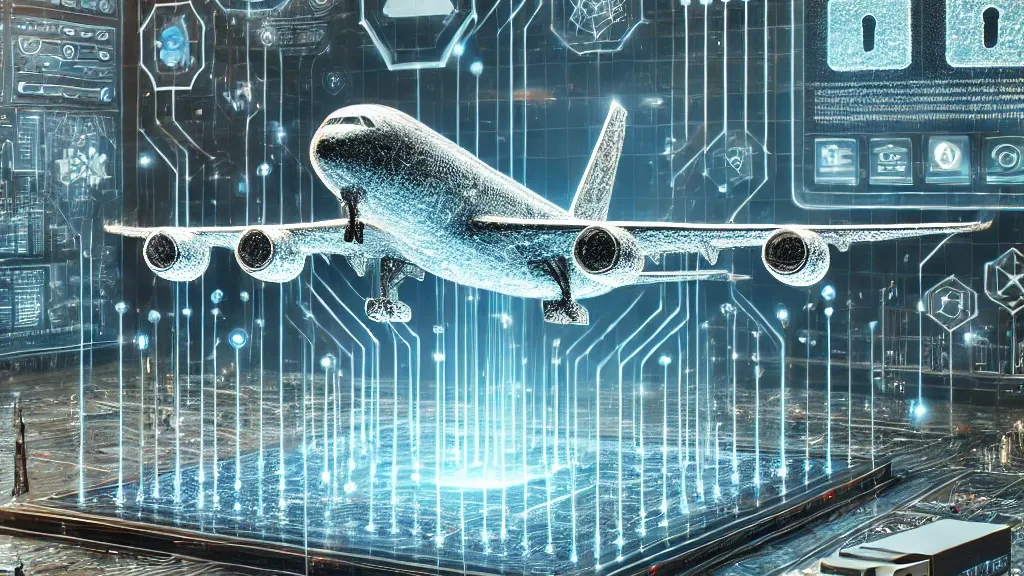The application of AI in orbital mechanics simulation is revolutionizing the way we approach space exploration. As humanity pushes further into the cosmos, the complexity of missions increases, necessitating innovations in how we simulate and predict the behavior of spacecraft in orbit. This is where artificial intelligence (AI) comes into play, offering powerful tools to enhance accuracy and efficiency in simulations.

Understanding Orbital Mechanics
Orbital mechanics is the study of the motion of objects in space, primarily under the influence of gravity. It is crucial for planning spacecraft trajectories, satellite launches, and ensuring successful missions. Traditionally, these calculations require extensive computational resources and manual input.
The Role of AI in Space
AI technologies bring a new dimension to orbital mechanics by automating complex calculations and predicting outcomes with remarkable precision. This integration allows scientists and engineers to simulate various scenarios and optimize mission parameters effectively.
How AI Enhances Simulations
AI algorithms can process vast amounts of data quickly, learning from previous simulations to improve future predictions. This capability reduces the time and cost associated with traditional methods and increases the accuracy of simulations.
Benefits of AI in Orbital Mechanics
The integration of AI in orbital mechanics offers numerous benefits, including enhanced accuracy, faster computations, and the ability to simulate complex scenarios. These advantages are critical for the success of modern space missions.
Improving Mission Efficiency
With AI, mission planners can optimize spacecraft trajectories and fuel consumption, potentially saving millions of dollars. AI can also detect anomalies in real-time, allowing for prompt corrective actions.
Real-World Examples
Several space agencies are already leveraging AI to enhance their operations. For instance, NASA uses AI to predict satellite positions and optimize communication networks in space. Similarly, private companies like SpaceX deploy AI in the planning and execution of their missions.
Challenges and Considerations
While the benefits are significant, the integration of AI in orbital mechanics simulations also presents challenges. These include ensuring the reliability of AI models and addressing ethical concerns related to autonomous decision-making in space.
Ensuring Model Reliability
Developing reliable AI models requires extensive testing and validation. This process is crucial to ensure that AI-driven decisions do not jeopardize mission success.
Ethical Considerations
As AI takes on more responsibilities, ethical questions arise. These include determining accountability in the event of mission failure and ensuring AI systems operate within the bounds of human oversight.
Future of AI in Space Exploration
The future of AI in orbital mechanics simulation looks promising. As AI technologies continue to evolve, they will play an increasingly vital role in expanding our understanding of the universe and enabling more ambitious missions.
Innovations on the Horizon
Researchers are exploring new AI techniques, such as machine learning and neural networks, to further enhance simulation accuracy. These innovations promise to unlock new possibilities in space exploration.
Collaborations and Partnerships
Collaboration between government agencies, private companies, and academic institutions will be key to advancing AI in space exploration. These partnerships will foster innovation and drive the development of cutting-edge technologies.
Conclusion
The integration of AI in orbital mechanics simulation represents a significant advancement in space exploration. By enhancing accuracy, efficiency, and decision-making capabilities, AI is poised to play a crucial role in future missions, helping humanity reach new frontiers in the cosmos.

FAQs
What is AI in orbital mechanics?
AI in orbital mechanics involves using artificial intelligence to enhance the accuracy and efficiency of simulating spacecraft trajectories and orbital behaviors.
How does AI improve simulation accuracy?
AI improves simulation accuracy by processing large datasets quickly and learning from previous simulations to optimize predictions and outcomes.
What are the challenges of integrating AI in space exploration?
Challenges include ensuring the reliability of AI models, addressing ethical considerations, and maintaining human oversight in AI-driven decision-making processes.
For further reading on AI in aerospace, visit Aviation Week and explore the AI for thermal control in space and AI in trajectory prediction for spacecraft.

